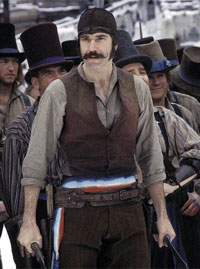The Untold Story of Ireland's Heroic Role from the Fall of Rome to the Rise of Medieval Europe is [ame="http://www.amazon.com/Irish-Saved-Civilization-Hinges-History/dp/0385418493"]a non-fiction historical book written by Thomas Cahill[/ame].

Interesting Intro discussing the "racism" preventing mainstream examination of the historically important role of the Irish.
Basic Premise: The Irish preserved classic literature while A. The Roman Empire Imploded, and B. Barbarians destroyed the rotten infrastructure.
Discuss.

Interesting Intro discussing the "racism" preventing mainstream examination of the historically important role of the Irish.
Basic Premise: The Irish preserved classic literature while A. The Roman Empire Imploded, and B. Barbarians destroyed the rotten infrastructure.
Discuss.






